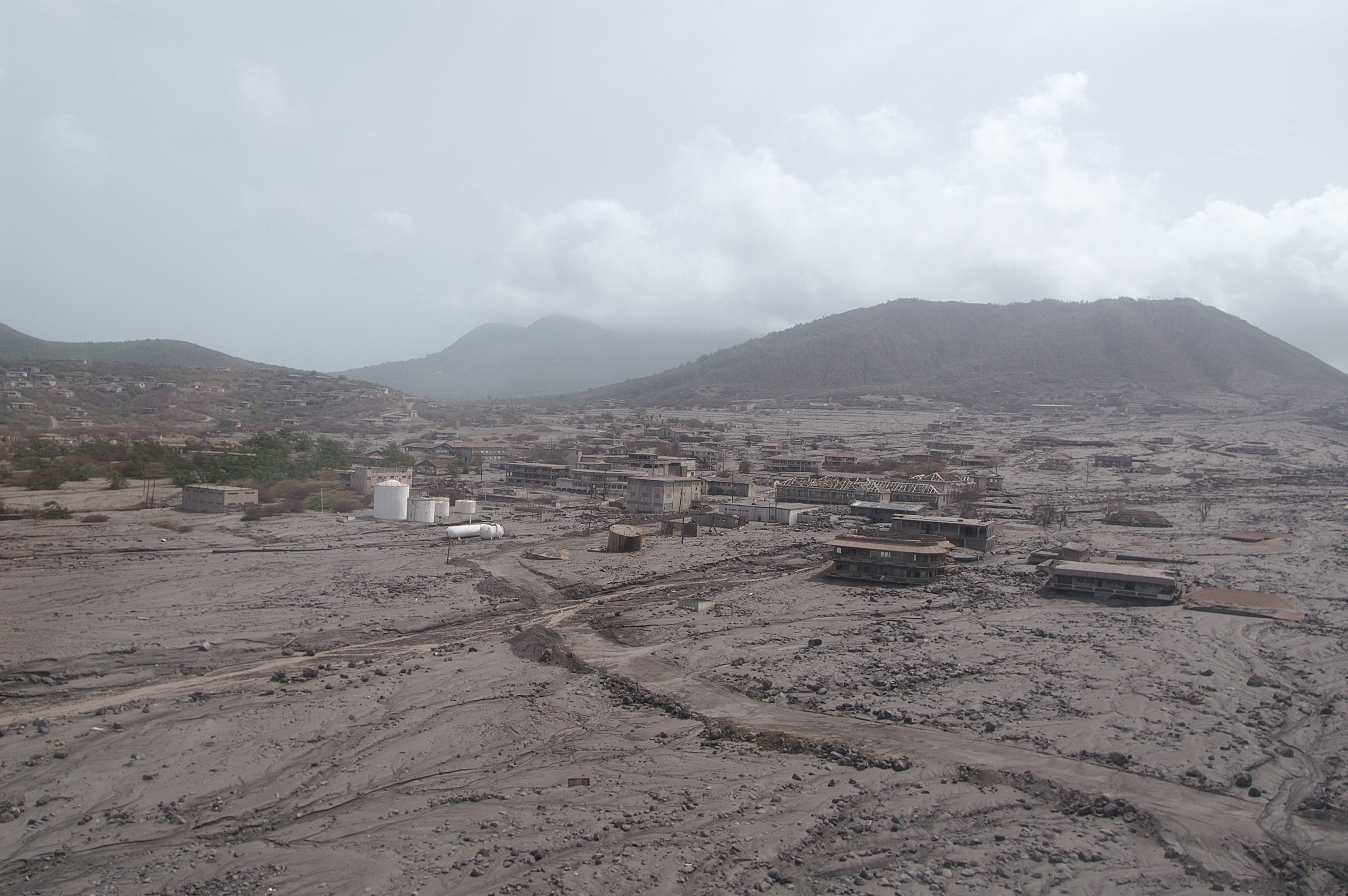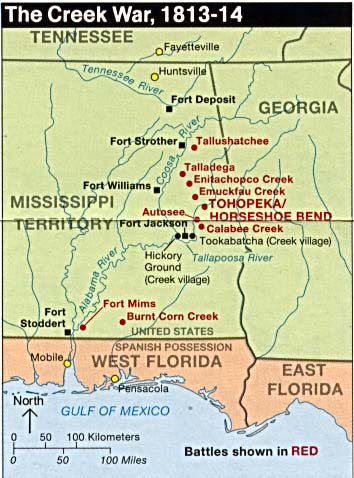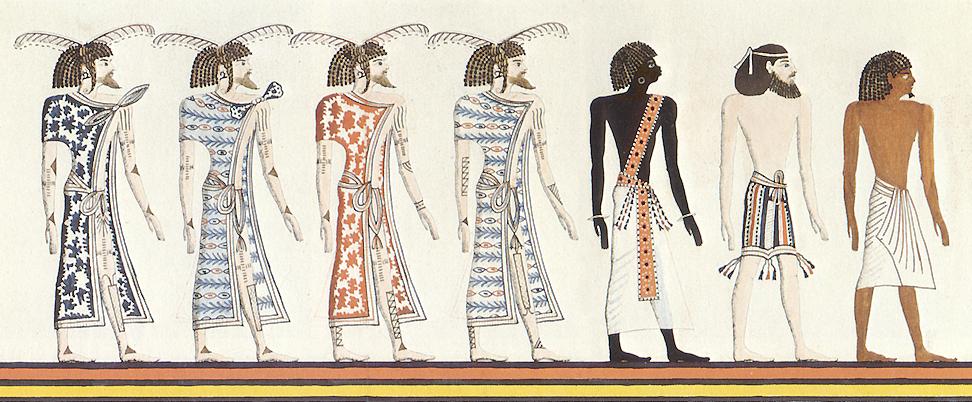|
Oketeyeconne, Georgia
Oketeyeconne was an unincorporated community in Clay County, Georgia, United States, which was located along the Chattahoochee River. Following legislation of the late 1940s, the United States Army Corps of Engineers constructed major dam and reservoir projects on the river. The manmade, 46,000-acre Walter F. George Lake was developed north of the dam by the same name. Its construction and flooding required the evacuation of Oketeyeconne and its residents were forced to relocate elsewhere. The lake opened for use in 1963."Apalachicola-Chattahoochee-Flint River System History" , US Army Corps of Engineers, accessed 23 June 2012"Oketey ... [...More Info...] [...Related Items...] OR: [Wikipedia] [Google] [Baidu] |
Ghost Town
A ghost town, deserted city, extinct town, or abandoned city is an abandoned settlement, usually one that contains substantial visible remaining buildings and infrastructure such as roads. A town often becomes a ghost town because the economic activity that supported it (usually industrial or agricultural) has failed or ended for any reason (e.g. a host ore deposit exhausted by mining). The town may have also declined because of natural or human-caused disasters such as floods, prolonged Drought, droughts, extreme heat or extreme cold, government actions, uncontrolled lawlessness, war, pollution, or nuclear and radiation accidents and incidents, nuclear and radiation-related accidents and incidents. The term can sometimes refer to cities, towns, and neighborhoods that, though still populated, are significantly less so than in past years; for example, those affected by high levels of unemployment and dereliction. Some ghost towns, especially those that preserve period-specific ... [...More Info...] [...Related Items...] OR: [Wikipedia] [Google] [Baidu] |
Yamasee
The Yamasees (also spelled Yamassees, Yemasees or Yemassees) were a multiethnic confederation of Native Americans who lived in the coastal region of present-day northern coastal Georgia near the Savannah River and later in northeastern Florida. The Yamasees engaged in revolts and wars with other native groups and Europeans living in North America, specifically from Florida to North Carolina. The Yamasees, along with the Guale, are considered from linguistic evidence by many scholars to have been a Muskogean language people. For instance, the Yamasee term "Mico", meaning chief, is also common in Muskogee. After the Yamasees migrated to the Carolinas, they began participating in the Indian slave trade in the American Southeast. They raided other tribes to take captives for sale to European colonists. Captives from other Native American tribes were sold into slavery, with some being transported to West Indian plantations. Their enemies fought back, and slave trading was a larg ... [...More Info...] [...Related Items...] OR: [Wikipedia] [Google] [Baidu] |
Indigenous Peoples Of The Americas
In the Americas, Indigenous peoples comprise the two continents' pre-Columbian inhabitants, as well as the ethnic groups that identify with them in the 15th century, as well as the ethnic groups that identify with the pre-Columbian population of the Americas as such. These populations exhibit significant diversity; some Indigenous peoples were historically hunter-gatherers, while others practiced agriculture and aquaculture. Various Indigenous societies developed complex social structures, including pre-contact monumental architecture, organized city, cities, city-states, chiefdoms, state (polity), states, monarchy, kingdoms, republics, confederation, confederacies, and empires. These societies possessed varying levels of knowledge in fields such as Pre-Columbian engineering in the Americas, engineering, Pre-Columbian architecture, architecture, mathematics, astronomy, History of writing, writing, physics, medicine, Pre-Columbian agriculture, agriculture, irrigation, geology, minin ... [...More Info...] [...Related Items...] OR: [Wikipedia] [Google] [Baidu] |
American Civil War
The American Civil War (April 12, 1861May 26, 1865; also known by Names of the American Civil War, other names) was a civil war in the United States between the Union (American Civil War), Union ("the North") and the Confederate States of America, Confederacy ("the South"), which was formed in 1861 by U.S. state, states that had Secession in the United States, seceded from the Union. The Origins of the American Civil War, central conflict leading to war was a dispute over whether Slavery in the United States, slavery should be permitted to expand into the western territories, leading to more slave states, or be prohibited from doing so, which many believed would place slavery on a course of ultimate extinction. Timeline of events leading to the American Civil War, Decades of controversy over slavery came to a head when Abraham Lincoln, who opposed slavery's expansion, won the 1860 presidential election. Seven Southern slave states responded to Lincoln's victory by seceding f ... [...More Info...] [...Related Items...] OR: [Wikipedia] [Google] [Baidu] |
Apalachicola River
The Apalachicola River is a river, approximately long, in the state of Florida. The river's large drainage basin, watershed, known as the ACF River Basin, Apalachicola, Chattahoochee and Flint (ACF) River Basin, drains an area of approximately into the Gulf of Mexico. The distance to its farthest head waters (as the Chattahoochee River) in northeast Georgia (U.S. state), Georgia is approximately . Its name comes from Apalachicola Province, an association of Native American towns located on what is now the Chattahoochee River. The Spanish included what is now called the Chattahoochee River as part of one river, calling all of it from its origins in the southern Appalachian Mountains, Appalachian foothills down to the Gulf of Mexico the ''Apalachicola''. Description The river is formed on the state line between Florida and Georgia, near the town of Chattahoochee, Florida, approximately northeast of Panama City, Florida, Panama City, by the confluence of the Flint River (Georgia ... [...More Info...] [...Related Items...] OR: [Wikipedia] [Google] [Baidu] |
War Of 1812
The War of 1812 was fought by the United States and its allies against the United Kingdom of Great Britain and Ireland, United Kingdom and its allies in North America. It began when the United States United States declaration of war on the United Kingdom, declared war on Britain on 18 June 1812. Although peace terms were agreed upon in the December 1814 Treaty of Ghent, the war did not officially end until the peace treaty was ratified by the 13th United States Congress, United States Congress on 17 February 1815. AngloAmerican tensions stemmed from long-standing differences over territorial expansion in North America and British support for Tecumseh's confederacy, which resisted U.S. colonial settlement in the Old Northwest. In 1807, these tensions escalated after the Royal Navy began enforcing Orders in Council (1807), tighter restrictions on American trade with First French Empire, France and Impressment, impressed sailors who were originally British subjects, even those who ... [...More Info...] [...Related Items...] OR: [Wikipedia] [Google] [Baidu] |
American Revolutionary War
The American Revolutionary War (April 19, 1775 – September 3, 1783), also known as the Revolutionary War or American War of Independence, was the armed conflict that comprised the final eight years of the broader American Revolution, in which American Patriot (American Revolution), Patriot forces organized as the Continental Army and commanded by George Washington defeated the British Army during the American Revolutionary War, British Army. The conflict was fought in North America, the Caribbean, and the Atlantic Ocean. The war's outcome seemed uncertain for most of the war. However, Washington and the Continental Army's decisive victory in the Siege of Yorktown in 1781 led King George III and the Kingdom of Great Britain to negotiate an end to the war in the Treaty of Paris (1783), Treaty of Paris two years later, in 1783, in which the British monarchy acknowledged the independence of the Thirteen Colonies, leading to the establishment of the United States as an independent and ... [...More Info...] [...Related Items...] OR: [Wikipedia] [Google] [Baidu] |
Andrew Jackson
Andrew Jackson (March 15, 1767 – June 8, 1845) was the seventh president of the United States from 1829 to 1837. Before Presidency of Andrew Jackson, his presidency, he rose to fame as a general in the U.S. Army and served in both houses of the U.S. Congress. Jacksonian democracy, His political philosophy became the basis for the History of the Democratic Party (United States), Democratic Party. Jackson's legacy is controversial: he has been praised as an advocate for working Americans and Nullification crisis, preserving the union of states, and criticized for his racist policies, particularly towards Native Americans in the United States, Native Americans. Jackson was born in the colonial Carolinas before the American Revolutionary War. He became a American frontier, frontier lawyer and married Rachel Donelson Jackson, Rachel Donelson Robards. He briefly served in the U.S. House of Representatives and the U.S. Senate, representing Tennessee. After resigning, he served a ... [...More Info...] [...Related Items...] OR: [Wikipedia] [Google] [Baidu] |
Battle Of Horseshoe Bend (1814)
The Battle of Horseshoe Bend (also known as ''Tohopeka'', ''Cholocco Litabixbee'', or ''The Horseshoe''), was fought during the War of 1812 in the Mississippi Territory, now central Alabama. On March 27, 1814, United States forces and Native Americans in the United States, Indian allies under Major General Andrew Jackson defeated the Red Sticks, a part of the Creek people, Creek Indian tribe who opposed American expansion, effectively ending the Creek War. Background The Creek people, Creek Indians of Georgia (U.S. state), Georgia and the eastern part of the Mississippi Territory had become divided into two factions: the Upper Creek (or Red Sticks), a majority who opposed American expansion and sided with the United Kingdom of Great Britain and Ireland, British and the colonial authorities of Spanish Florida during the War of 1812; and the Lower Creek, who were more assimilated into the Anglo-Americans, Anglo culture, had a stronger relationship with the U.S. Indian Agent Benj ... [...More Info...] [...Related Items...] OR: [Wikipedia] [Google] [Baidu] |
Creek Wars
The Creek War (also the Red Stick War or the Creek Civil War) was a regional conflict between opposing Native American factions, European powers, and the United States during the early 19th century. The Creek War began as a conflict within the tribes of the Muscogee, but the United States quickly became involved. British traders and Spanish colonial officials in Florida supplied the Red Sticks with weapons and equipment due to their shared interest in preventing the expansion of the United States into regions under their control. The Creek War took place largely in modern-day Alabama and along the Gulf Coast. Major engagements of the war involved the United States military and the Red Sticks (or Upper Creeks), a Muscogee tribal faction who resisted U.S. territorial expansion. The United States formed an alliance with the traditional enemies of the Muscogee, the Choctaw and Cherokee nations, as well as the Lower Creeks faction of the Muscogee. During the hostilities, the Red ... [...More Info...] [...Related Items...] OR: [Wikipedia] [Google] [Baidu] |
White People
White is a Race (human categorization), racial classification of people generally used for those of predominantly Ethnic groups in Europe, European ancestry. It is also a Human skin color, skin color specifier, although the definition can vary depending on context, nationality, ethnicity and point of view. Description of populations as "White" in reference to their skin color is occasionally found in Greco-Roman ethnography and other ancient or medieval sources, but these societies did not have any notion of a White race or pan-European identity. The term "White race" or "White people", defined by their light skin among other physical characteristics, entered the major European languages in the later seventeenth century, when the concept of a "unified White" achieved greater acceptance in Europe, in the context of racialization, racialized slavery and social status in the European colonies. Scholarship on Race (human categorization), race distinguishes the modern concept from ... [...More Info...] [...Related Items...] OR: [Wikipedia] [Google] [Baidu] |










